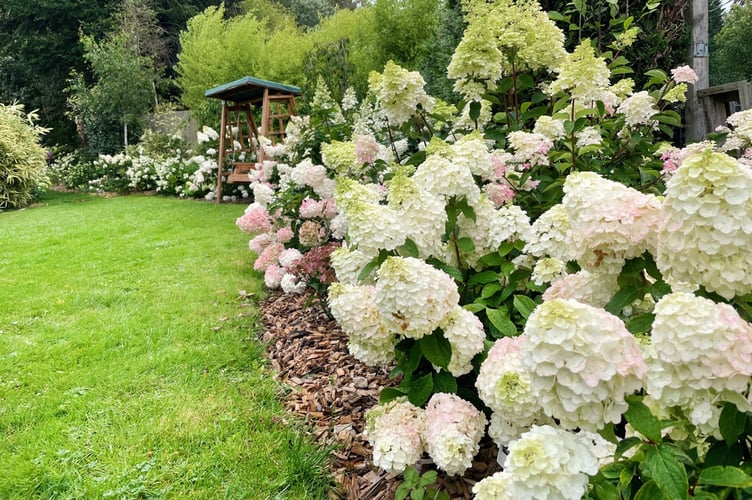
_13-Proven-Winners_Edit.jpeg?width=752&height=500&crop=752:500)
_2E-HR-Proven-Winners_Edit.jpeg?width=752&height=500&crop=752:500)
Squire’s Garden Centre in Woking is part of the group’s inaugural Festival of Hydrangeas, which will run to the end of the month.
A garden favourite, hydrangeas are known for their bold blooms, rich textures and impressive colour variations, which provide blooms from late spring through to autumn.
Sarah Squire, chairman of Squire’s Garden Centres, said: “Hydrangeas hold a special place in our hearts – and most definitely in our customers’ gardens! They’re a joy to grow and a real showstopper. I’m particularly excited about our homegrown range this year, which is more beautiful than ever.”
The festival selection has been nurtured at Squire’s own nursery in Liss, Hampshire, and offers an exciting selection of new additions.
Expert plantsman Vincent Catt commented: “Hydrangeas have a timeless beauty that just keeps giving. They’re incredibly rewarding to grow – generous with their flowers, easy to care for and full of character.
“Whether you’re after bold summer colour or something more subtle and textured, there’s a hydrangea for every garden. I love watching them come into their own each season.”
The name Hydrangea comes from the Greek “hydro” (meaning water) and “angos” (vessel), reflecting the plants’ love of moisture. What look like petals are actually sepals, specialised leaves that help the plant soak up water.
Experts at Squire’s recommend a partially shaded spot sheltered from strong winds. When planting in the ground or a generous container, dig a hole twice the width and depth of the pot and always water well before and after planting to help the roots settle.
The colour of some hydrangea blooms can be influenced by the soil – acidic soil produces blue or purple flowers; neutral soil brings out mauve tones; alkaline soil turns blooms pink or red.
And hydrangeas can be perfect for hayfever sufferers as their sticky pollen doesn’t float freely, so they’re less likely to irritate allergy-prone gardeners.

.jpeg?width=209&height=140&crop=209:145,smart&quality=75)



Comments
This article has no comments yet. Be the first to leave a comment.